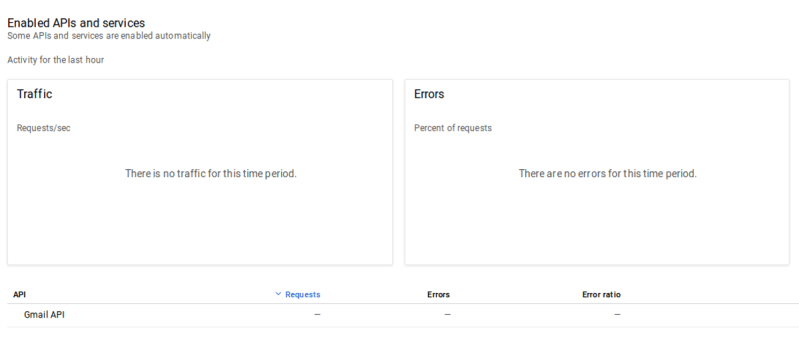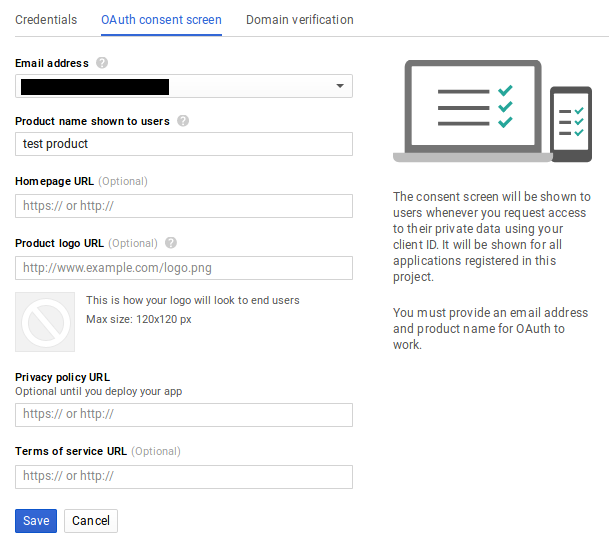Invariably when we write about living on Mars, some ask why not go to the Moon instead? It’s much closer and has a generous selection of minerals. But its lack of an atmosphere adds to or exacerbates the problems we’d experience on Mars. Here, therefore, is a fun thought experiment about that age-old dream of living on the Moon.
Inhabiting Lava Tubes
![Lava tube with collapsed pits near Gruithuisen crater]() Lava tube with collapsed pits near Gruithuisen crater
Lava tube with collapsed pits near Gruithuisen crater
The Moon has even less radiation protection than Mars, having practically no atmosphere. The lack of atmosphere also means that more micrometeorites make it to ground level. One way to handle these issues is to bury structures under meters of lunar regolith — loose soil. Another is to build the structures in lava tubes.
A lava tube is a tunnel created by lava. As the lava flows, the outer crust cools, forming a tube for more lava to flow through. After the lava has been exhausted, a tunnel is left behind. Visual evidence on the Moon can be a long bulge, sometimes punctuated by holes where the roof has collapsed, as is shown here of a lava tube northwest from Gruithuisen crater. If the tube is far enough underground, there may be no visible bulge, just a large circular hole in the ground. Some tubes are known to be more than 300 meters (980 feet) in diameter.
Lava tubes as much as 40 meters (130 feet) underground can also provide thermal stability with a temperature of around -20°C (-4°F). Having this stable, relatively warm temperature makes building structures and equipment easier. A single lunar day is on average 29.5 Earth days long, meaning that we’ll get around 2 weeks with sunlight followed by 2 weeks without. During those times the average temperatures on the surface at the equator range from 106°C (224°F) to -183°C (-298°F), which makes it difficult to find materials to withstand that range for those lengths of time.
But living underground introduces problems too.
Communication
One problem with living underground is that makes it difficult to communicate from one location to another, perhaps even between different lava tubes. To overcome this, cables could be run through the tubes and antennas could be located on the surface.
Lava tubes are often found on the boundaries between the highlands and the mares. Lunar mares are the uniform dark areas visible from Earth with the naked eye, mare being Latin for “sea”. The antennas could be located high up in those highlands. Ideally, there would always be at least one communications satellite within communications range and a network of them for transmitting anywhere on the Moon.
Electrical Ground And Charged Dust
The moisture in Earth soil aids conductivity by helping ions move around, making for a good electrical ground. Lunar soil, however, is dry and therefore is a poor electrical ground. Connecting structures together with cables can at least bring those structure to a common potential, creating a sort of ground.
![Schmitt's dusty suit while retrieving samples from the Moon]() Schmitt’s dusty suit while retrieving samples
Schmitt’s dusty suit while retrieving samples
But a bigger problem than that is moon dust. Apollo astronauts found that the dust clung to everything and they brought it with them into the lander. Harrison “Jack” Schmitt of Apollo 17, reacted to it strongly, saying that it caused his turbinates (long, narrow bone in the nose) to swell, though the effect diminished after a few hours. Even the vacuum cleaner they used to clean up the dust became clogged.
This dust also becomes charged by solar storms, only to then be discharged when solar radiation knocks the extra electrons off, but that discharging doesn’t happen during the long nights. Inferring from data collected by the Lunar Prospector during orbits in 1998-1999, charging also happens when the Moon passes through the Earth’s magnetic wake created by the solar wind. This happens in 18-year cycles and is currently at its peak.
With the Earth’s and Mars’ atmospheres, built up charge can be bled off to the atmosphere using sharp metal points which ionize the surrounding air. On the Moon, that approach is far less effective. Using all dwellings as a ground at least provides a large capacitor to take up stray charge. If you know of a good solution to this problem, we’d like to hear it.
Producing Oxygen From Soil
We’ll of course need oxygen to breathe and one source is the lunar soil. The process usually involves reacting certain oxygen-bearing minerals with hydrogen while heating to around 1000°C. Much work has been done with the mineral ilmenite (FeTiO3), making the process:
FeTiO3 + H2 + heat -> Fe + TiO2 + H2O
![Locations on the Moon of lava tubes for living in and areas where there's ilmenite.]() Where to live and mine
Where to live and mine
This gives us water vapor which would be separated from the other components. We could then use the water as is, or we could use electrolysis to split apart the hydrogen and oxygen. We’d condense the oxygen for storage, and recycle the hydrogen back into the process. Hydrogen is scarce on the Moon and so the hydrogen could initially be shipped from Earth and then continuously recycled.
This ilmenite is abundant on the Moon, first having been found in moon rocks returned by the Apollo astronauts, and then other locations have been inferred by the Hubble Space Telescope, one such being in the area of Aristarchus crater. Luckily that’s also near the lava tubes with collapsed pits which we’d mentioned above near Gruithuisen crater. However, for abundant water, we’ll need to look to the north and south poles.
Water From The Poles
![The Moon's south pole showing craters in permanent darkness]() South pole
South pole
The evidence is very strong that there’s a mix of hydroxyl (OH) and water (H2O) on the Moon’s surface. The theories are that it comes from comets impacting on the Moon and from hydrogen ions created when the solar wind interacts with oxygen in the soil.
But for most of the Moon, solar radiation would then free the hydrogen and oxygen atoms from their molecules and they would escape to space. However, the lunar poles have areas which are in perpetual shadow, forever free of the hydrogen-liberating solar radiation. After decades of spacecraft probing these regions, the evidence for water and hydroxyls there is very strong, though the quantity of it is still uncertain.
This means that a good location for a lunar mining outpost would be in sunlit areas adjacent to these areas of perpetual shadow. There are even some such locations around the poles that are high enough to be in perpetual sunlight. And that perpetual sunlight is ideal for generating electricity using solar panels which we could manufacture on the Moon from mined minerals.
Mining And Manufacturing
![Astrobotics' Polaris lunar mining test vehicle]() Polaris lunar mining test vehicle via Astrobotics
Polaris lunar mining test vehicle via Astrobotics
The Moon is lacking in volatile chemicals, ones that have a low boiling point, having negligible amounts of hydrogen, nitrogen, and carbon. But it is rich in many other chemicals and minerals. Mining them is important for two reasons: for building the things we need and for exporting to the other off-Earth colonies either in raw form or in manufactured products.
We’ve already mentioned using ilmenite (FeTiO3) to produce oxygen, but the byproducts of that are iron (Fe) and titanium (Ti), both of which can be used for the construction of living spaces, vehicles and other rigid objects.
Examining a table of Earth and lunar crustal composition, you’ll see that the Moon contains an abundance of useful minerals.
![Earth and lunar crustal compositions]() Earth and lunar crustal compositions from LRU for Space Construction – 1979
Earth and lunar crustal compositions from LRU for Space Construction – 1979
The silicon can be used for producing solar cells along with phosphorus and boron for the dopants. The study that produced the table doesn’t include boron, but other studies have found it in Moon rock, albeit in the 25 PPM and lower range and so it may have to be imported.
![Helium 3 distribution on the Moon]() Helium 3 distribution via Lunar Networks
Helium 3 distribution via Lunar Networks
Helium 3 is another valuable substance that can be mined on the Moon. The Chinese Chang-E1 lunar satellite estimated the amount in lunar regolith as 660 billion kg. It’s hoped that it can be used for future fusion reactors due to that fusion producing no radiation and more energy than other fusion reactions. However, it also requires a higher temperature. Just 6,700 kg would be required to power the US for one year. Luckily helium 3 is in abundance in the same area where we’ll be mining ilmenite.
Generating Electricity
We’ve already mentioned that there are areas around the poles that are in perpetual sunlight. So during the long nights, solar power farms in those areas could generate electricity as a product to sell throughout the Moon.
Geothermal energy isn’t an option for the Moon, at least not for the colonies’ early days as you’d have to drill down around 45 km (28 miles) before the temperature reaches the boiling point of water. Geothermal energy has been used to generate electricity in Chena Hot Springs, Alaska with only 57°C (135°F) but that’s still around 20 km (12.5 miles) deep.
If helium 3 fusion is ever made to work then it could be used to provide electricity through the long lunar night when the local solar farms are down. And it might have to, because uranium is in short supply on the Moon.
Home Sweet Home
And so we’ll have a central colony in the lava tubes near Gruithuisen crater. Some of the inhabitants will spend time mining ilmenite just a little south around the Aristarchus crater to produce oxygen and mineral byproducts. Meanwhile, others will spend time working on the water mines at the north pole and maintaining the solar power farms there which sit in the perpetual sunlight.
When will you be ready to move? What would you do differently? We haven’t even touched on growing food, which will have its own challenges given the lack of volatiles such as nitrogen. What other issues can you think of? Let us know in the comments below.
 class. In about 60 days time; he went from dinner napkin sketch to working project. The project is quite interesting – he’s made an instrument that
class. In about 60 days time; he went from dinner napkin sketch to working project. The project is quite interesting – he’s made an instrument that 





 Earth and lunar crustal compositions from
Earth and lunar crustal compositions from 




 The t distribution with different sample sizes, compared to the normal distribution (Hackaday yellow). Source:
The t distribution with different sample sizes, compared to the normal distribution (Hackaday yellow). Source:  The two DHT11 sensors were taped down to my desk. They were read with a NodeMCU and the data pushed to a ThingsBoard server.
The two DHT11 sensors were taped down to my desk. They were read with a NodeMCU and the data pushed to a ThingsBoard server.




 With the project created and the Gmail API enabled, the dashboard should look something like this
With the project created and the Gmail API enabled, the dashboard should look something like this










